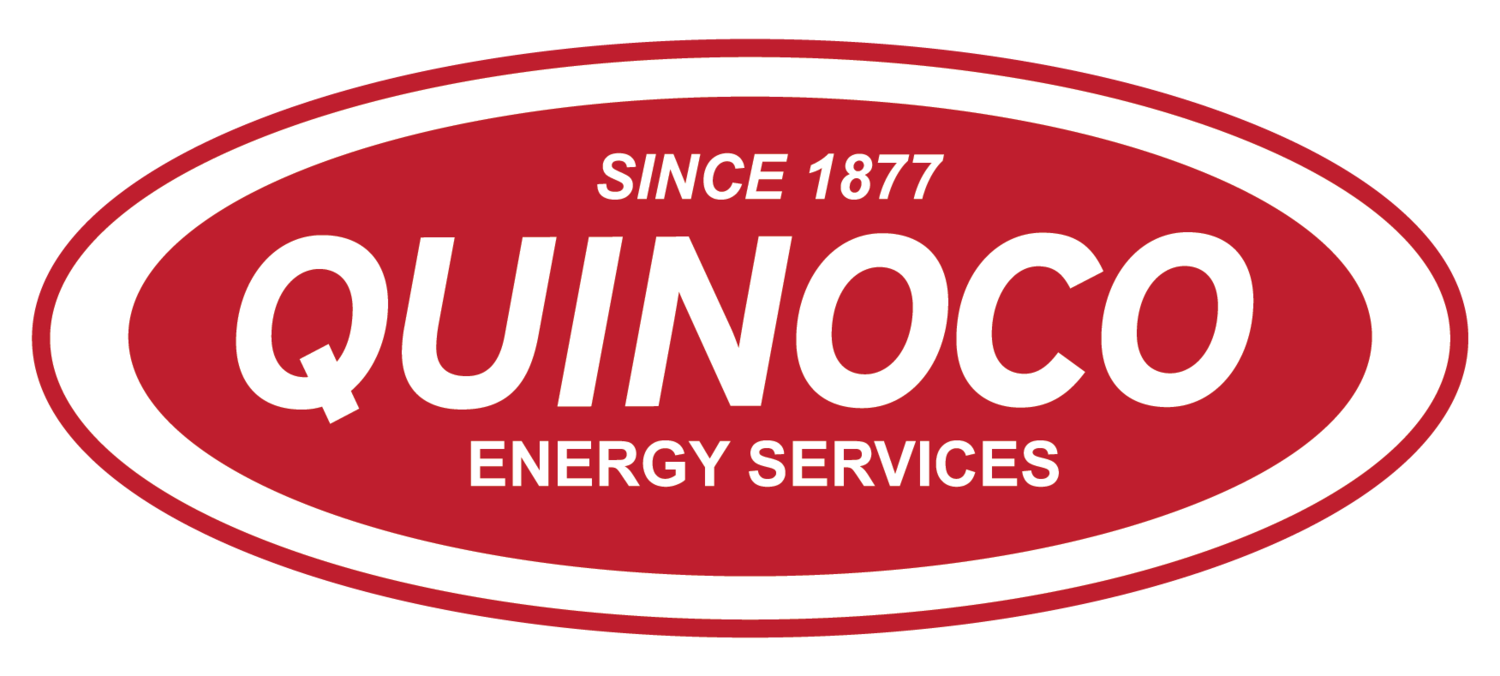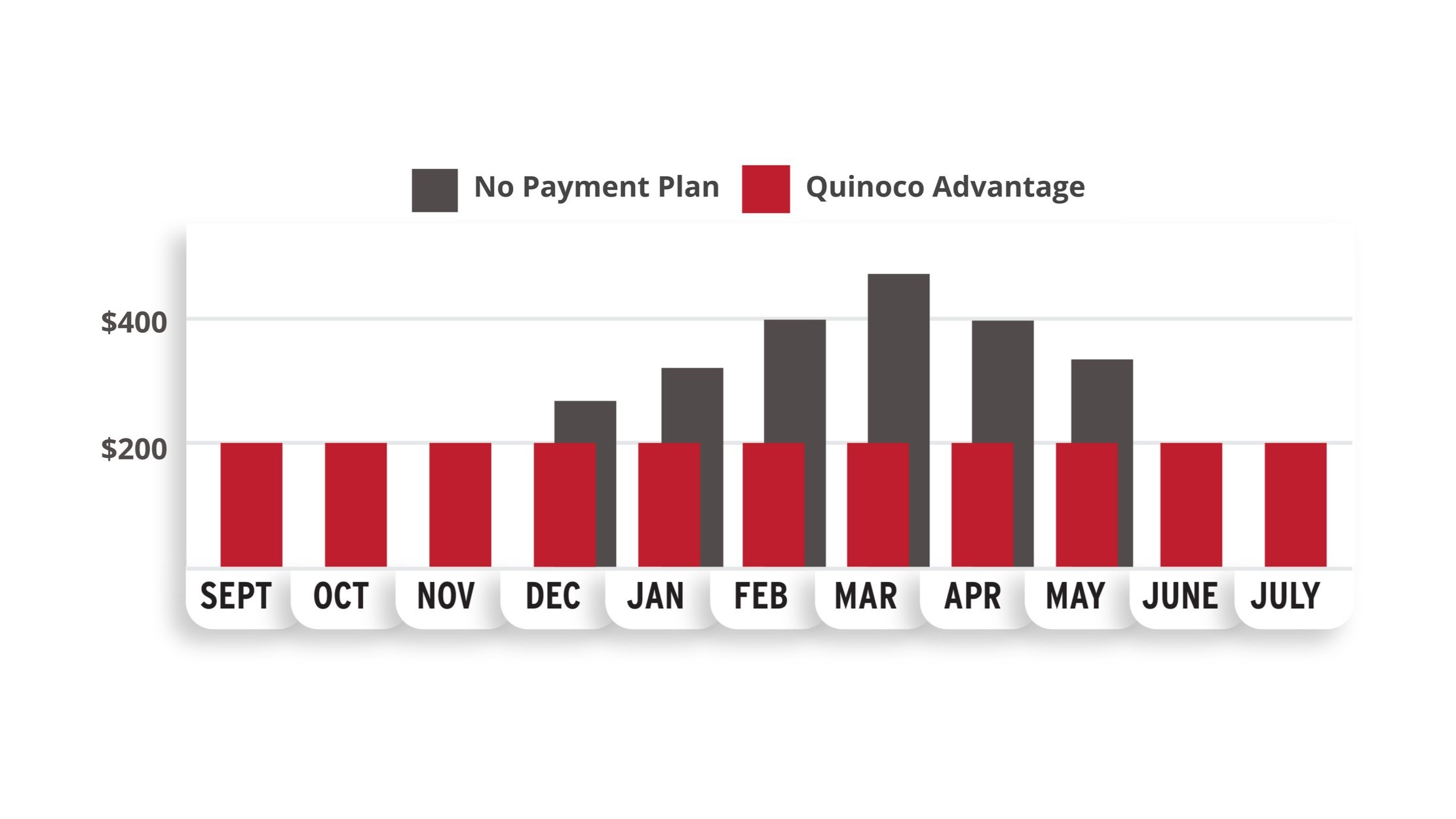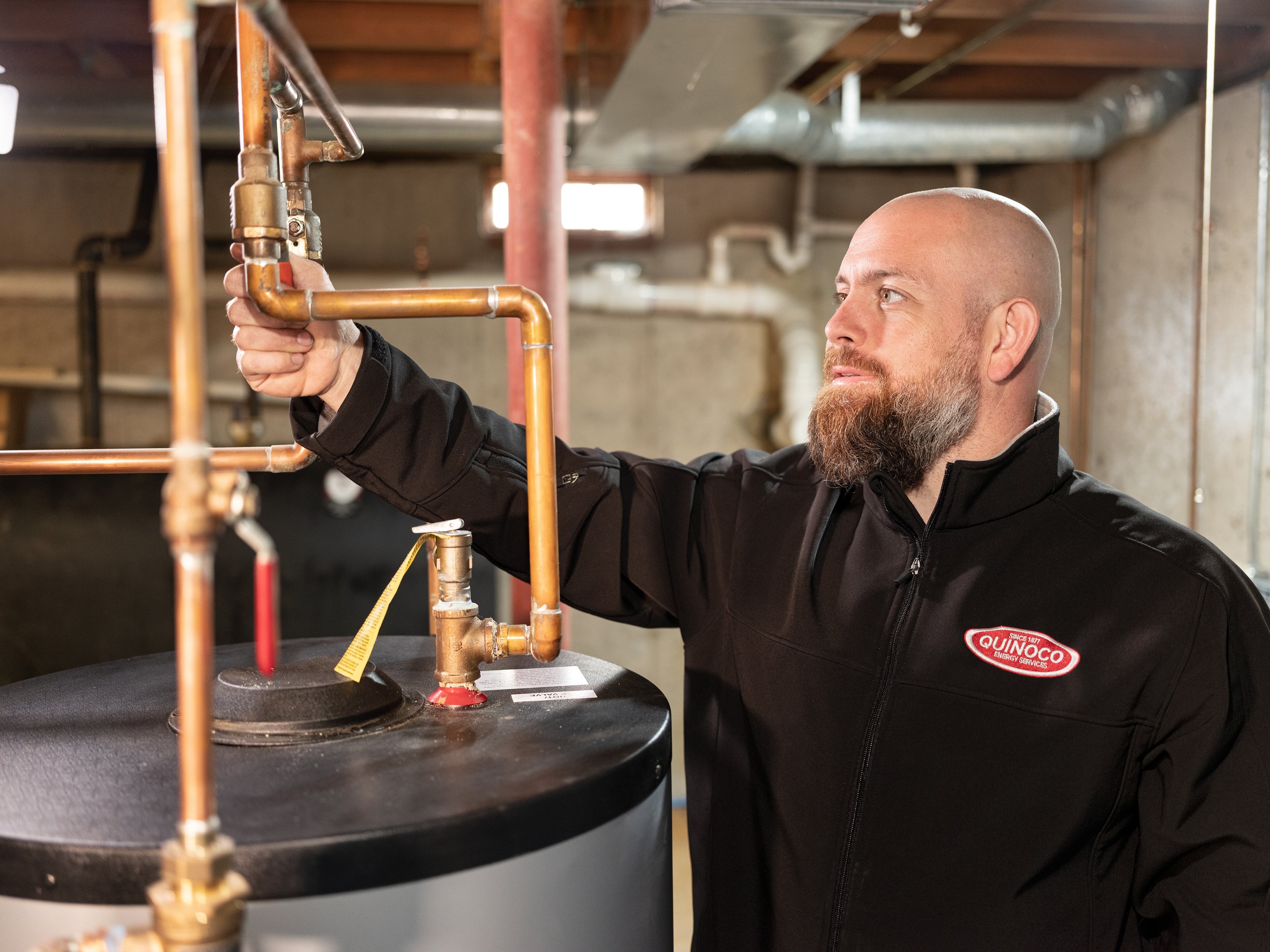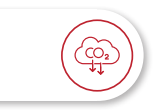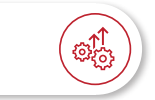Prep Your Home For A Warm & Worry-Free Holiday
Everyone seems to have a Holiday Prep Checklist this time of year, and so do we! Here are five things to help your holidays go a little smoother.
Switch to a smart thermostat: With extra people visiting, a smart thermostat will help you better regulate the temperature and save energy while you’re at home, work, or on vacation.
Add a propane tank monitor: If cooking, baking, and entertaining are on your holiday agenda, make sure you don’t run out mid-recipe! A propane tank monitor gives you peace of mind, so you can focus on creating delicious meals instead of tracking fuel levels. Contact us to get yours installed today!
Change to Automatic delivery: Winter is the busiest season for heating fuel, and running out is the last thing you want. With automatic delivery, we use a degree day system to track usage and make sure your oil or propane arrives before you need it, so you can relax and enjoy the season.
Check your indoor air quality: Dry winter air and seasonal colds can make your home feel less than ideal. We offer solutions to improve your home air quality, from humidifiers to filtration systems, so everyone in your household can breathe easier and enjoy a healthier winter.
Switch to e-delivery tickets: The holidays mean plenty of deliveries to your doorstep. Save some paper and reduce clutter by opting for e-delivery tickets. You’ll get all the info you need electronically, leaving more time to focus on holiday shopping, cooking, and celebrations.
